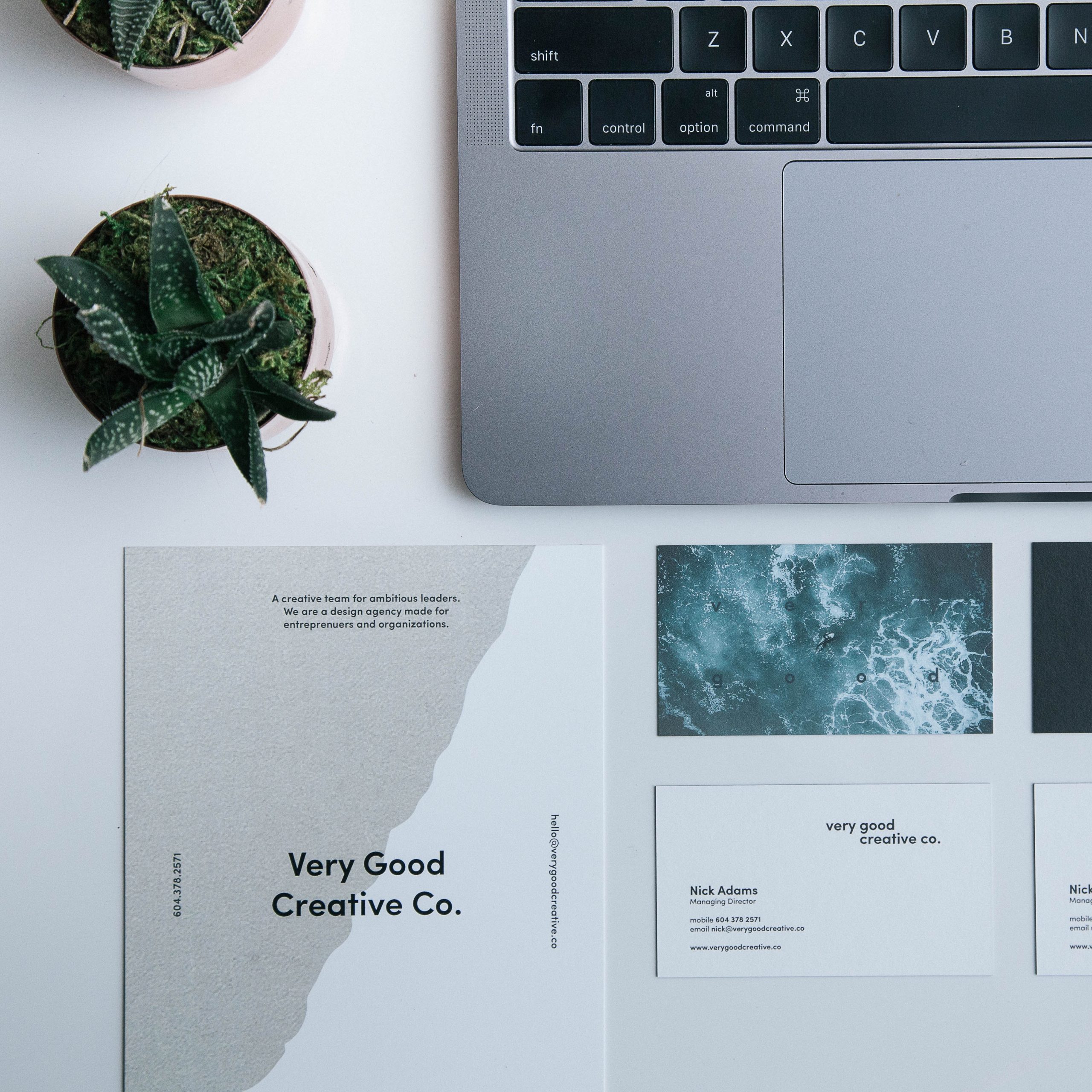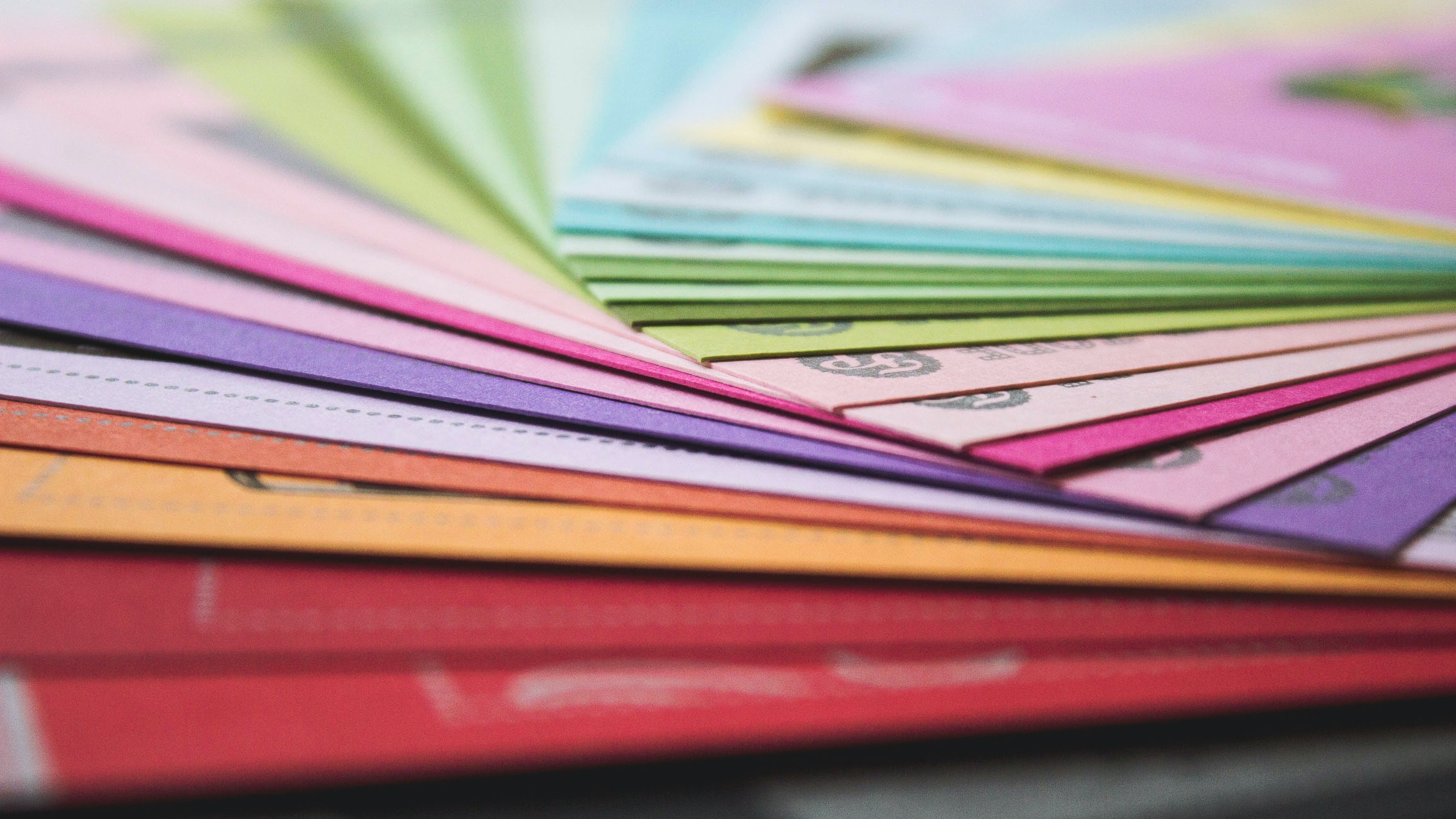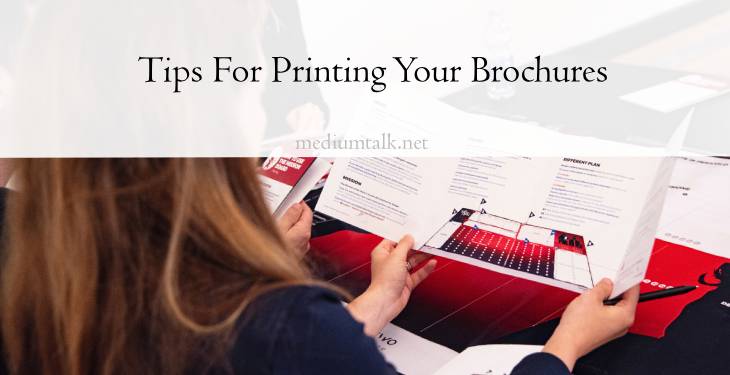Brochures are powerful marketing tools that allow you to convey a wealth of information in a compact, visually appealing format. Whether you’re promoting a product, service, event, or business as a whole, a well-designed and professionally printed brochure can leave a lasting impression on your target audience. To ensure your brochures achieve their intended impact, consider the following tips for successful printing.

1. Start with High-Quality Design
Before you even think about printing, invest time in designing a high-quality brochure. Ensure that your layout is visually appealing, the content is clear and concise, and the images are of high resolution. If design isn’t your forte, consider hiring a professional graphic designer or using reputable design software.
2. Select the Right Paper Stock
The choice of paper stock is crucial for the overall feel and durability of your brochure. Opt for a paperweight that is substantial enough to convey quality but not too heavy that it makes the brochure bulky. Glossy finishes can enhance color vibrancy, while matte finishes offer a more subdued, elegant look.
3. Consider Folding Options
Brochures come in various folding options, such as bi-fold, tri-fold, gate-fold, and more. Choose a folding style that complements your content layout and helps guide the reader through the information in a logical manner. Ensure that the folds are precise for a professional finish.
4. Use High-Resolution Images
Blurry or pixelated images can instantly diminish the overall impression of your brochure. Always use high-resolution images (at least 300 dpi) to ensure sharp and clear visuals. If you’re using stock photos, ensure you have the appropriate licenses for printing.
5. Maintain Consistent Branding
Your brochure should align with your brand’s visual identity. Use consistent colors, fonts, and imagery to reinforce brand recognition. This helps create a cohesive and professional look across all your marketing materials.
6. Bleed and Margins
Include a bleed area and set appropriate margins to ensure that no important information or graphics get cut off during the printing process. A bleed extends the design slightly beyond the edge of the page, allowing for a clean trim.
7. Proofread Thoroughly
Typos and grammatical errors can be embarrassing and unprofessional. Thoroughly proofread all content multiple times and consider having others review it as well. Even a small mistake can significantly impact the effectiveness of your brochure.

8. Consider Coating Options
Coatings like varnish, UV coating, or aqueous coating can add an extra layer of protection to your brochure, making it more durable and resistant to wear and tear. They can also enhance the visual appeal by adding a glossy or matte finish.
9. Test Print Colors
Colors may appear differently on screen compared to the final printed result. To avoid any surprises, perform test prints to ensure that the colors match your expectations. Consider using a Pantone color guide for precise color matching.
10. Choose the Right Printing Technique
Digital printing is cost-effective and suitable for short runs, while offset printing offers higher quality for large quantities. Select the printing technique that aligns with your budget, quantity requirements, and desired quality.
11. Request a Print Proof
Before finalizing the full print run, request a print proof from your printing service. This will give you a physical sample of the brochure, allowing you to check for any final adjustments or corrections that need to be made.
12. Consider Environmentally-Friendly Options
If sustainability is a concern for your brand, explore eco-friendly printing options. Look for printers that use recycled paper, soy-based inks, or other environmentally-conscious practices.
13. Evaluate the Finishing Touches
Consider additional finishing options such as embossing, foil stamping, or die-cutting for a unique and memorable touch. These techniques can add a tactile element that enhances the overall impact of your brochure.
14. Choose a Reputable Printing Service
Selecting a reliable and experienced printing service is crucial to ensuring the quality of your brochures. Look for reviews, request samples, and inquire about their printing capabilities before making a decision.
By following these tips, you’ll be well-equipped to create and print brochures that effectively convey your message and leave a positive impression on your audience. Remember, a professionally printed brochure not only reflects positively on your brand but also increases the likelihood of engaging and converting potential customers.
